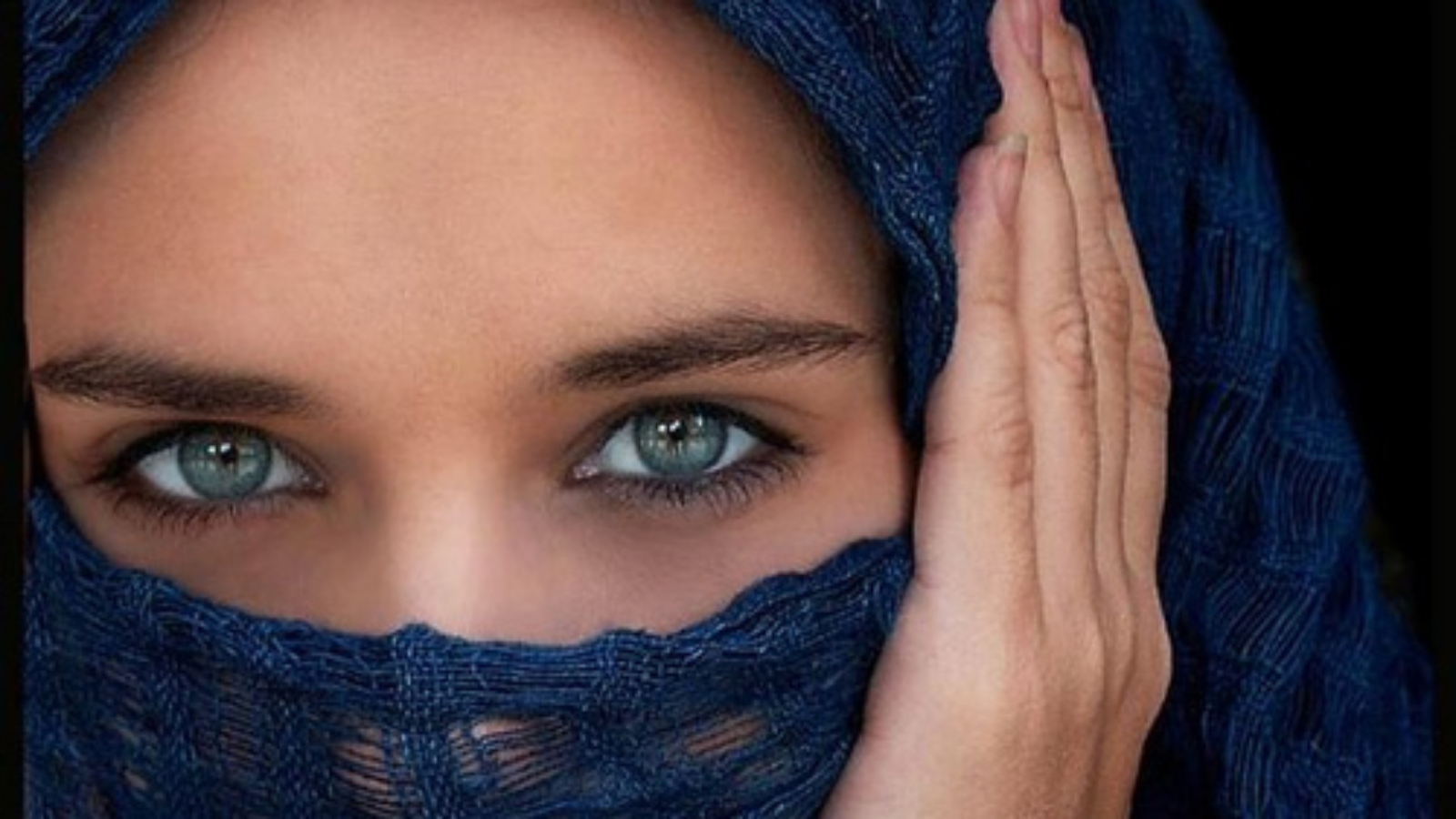Last week, the lower house of the French Parliament voted overwhelmingly (335-1) to ban Muslim women from wearing veils that shield their faces from the public eye. While the measure—if enacted into law in September—would affect approximately 2000 Muslim women, or less than a hundredth of the Muslim population currently residing in France, the proposed legislation has come under fierce attack.
President Nicholas Sarkozy argues that “the burqa is not a sign of religion; it is a sign of subservience.” Viewing the full-length dress, which conceals the entire body and face, leaving only a small mesh opening for the eyes, as a symbol of Islamic fundamentalism, Sarkozy has led the campaign to prohibit the sporting of the religious cloth in France.
However, many believe Sarkozy’s statements are nothing more than a verbal declaration of hypocrisy and ignorance. Kadaria Ahmed, managing editor at Next Magazine, bitingly phrases it as such, “Is there any difference between the Taliban who prescribed a code of dressing for the women in Afghanistan and who severely punished women who didn’t abide by those rules, and the European legislator who insists that if I don’t see your face, you are going to pay dearly? I think not.”
While scathing editorials are written daily in opposition to the French legislative initiative, another country has instituted a similar, yet significantly less controversial measure—Syria. Syrian legislators passed a law stating women wearing the niqab, a veil that leaves only the eyes visible, is no longer permissible in public or private schools.
Education Minister Ali Saad acknowledged the importance of the law, stating that “Education in Syrian schools follows an objective, secular methodology, and this is undermined by wearing the face veil.” By and large, the Syrian population appears to agree with this new measure. Despite the fact that nearly 93 percent of Syrians are Muslim, the Syrian government has not faced any major resistance—not even from the leading women’s rights group in the country, Syrian Women Observatory.
The disparity between the two countries is jarring. France, a state founded on secular values, faces serious internal opposition to a measure aimed at perfecting the ideals of a society free from any religious constraints. While Syria, a country with an overwhelmingly Muslim population, bans a religious form of clothing and few protest, even within the anonymity of cyberspace.
Several commentators have attempted to shed light on the apparent discrepancy. Phil Sands, a foreign correspondent based in Damascus, postulates that one cause for Syrian silence may be a direct effect of the state’s political authority. “With political dissidents frequently jailed in Syria for speaking out against the government, those opposed to the ban may be erring on the side of caution.” In contrast, French officials enable a free society, where contradictory views may be offered without fear of penalty. To Sands, then, a lack of verbal opposition to the Syrian bill is not a sign of agreement, but rather an expression of fear to dissent.
Others believe that the disparity extends beyond the issue of free speech. They posit that the laws, though similar in content, reflect two entirely different socio-cultural realities. In the case of France, the burqa ban is a direct response to the ongoing discussion of immigrant integration, and the balance of immigrant’s rights with secular ideology. The French are known for their xenophobia, and are particularly wary of outsiders whose norms defy their own. In an effort to deny citizenship to religious Muslims, the French have created legal barriers like the burqa ban.
Syria, however, does not face the same integration obstacle. In fact, its law highlights an entirely different underlying issue, “the gulf between the secular elite and largely impoverished lower classes, who find solace in religion.” The wealthy elite, controlling the Syrian government since the 1960s, views the converted masses as a threat to its political security. The niqab prohibition is the political regime’s attempt to maintain power while simultaneously shattering the foundations of dissenters, who are largely motivated by religious law. In essence, the law aims to silence the lower classes, who already have a weak voice under the autocratic regime.Despite their differences in reasoning and reactions, both laws highlight a new potential reality– one in which Orthodox Islam may not be free to co-exist in either the West or the East.
-Yaffa Fredrick
photo by Ranoush via Flickr.
